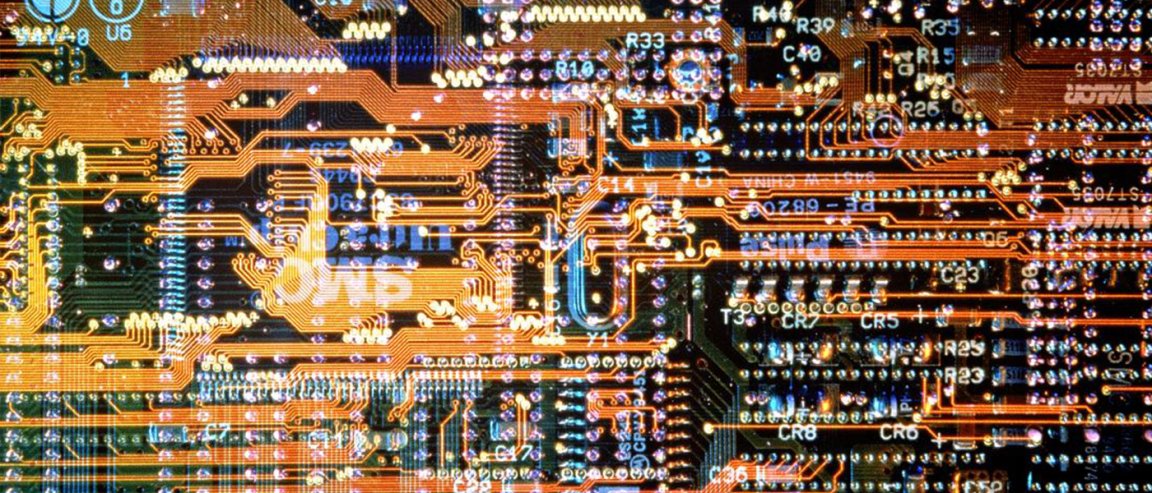
‘One Dimensional’ Possibilities
Development of current computer technology has mostly come from one goal: putting more transistors in a computer chip. So the challenges has always been finding new materials that could act as transistors, but in a smaller space than silicon. A new team has found another such material.
A team of physicists at The University of Texas at Austin has glimpsed into what happens inside an atomically thin semiconductor device, and may have a way of providing even thinner transistors.
The study, published in the Proceedings of the National Academy of Sciences, detailed how a new type of transistor that is two-dimensional works. This transistor was made of molybdenum disulfide (MoS2), and this new material allows for on-off signaling on a single flat plane.
The team found that transistors made from this new material work in a different way than silicon-based ones. Instead of moving through the whole material at once, electrical currents moved in a more phased way. The edges were energized before the interior.

“In the future, if we can engineer this material very carefully, then these edges can carry the full current,” says Keji Lai, a member of the team. “We don’t really need the entire thing, because the interior is useless. Just having the edges running to get a current working would substantially reduce the power loss.”
Cleaning Up
Howeverm the key word there is if. During the course of the research, the team noticed the difference imperfections in the transistor made. Using a microscope designed by Lai, the researchers pointed microwaves at the 2-D device. They saw thread-like defects in the middle of the transistors. This means the new material will need to be made cleaner to function optimally.
“If we could make the material clean enough, the edges will be carrying even more current, and the interior won’t have as many defects,” Lai says.